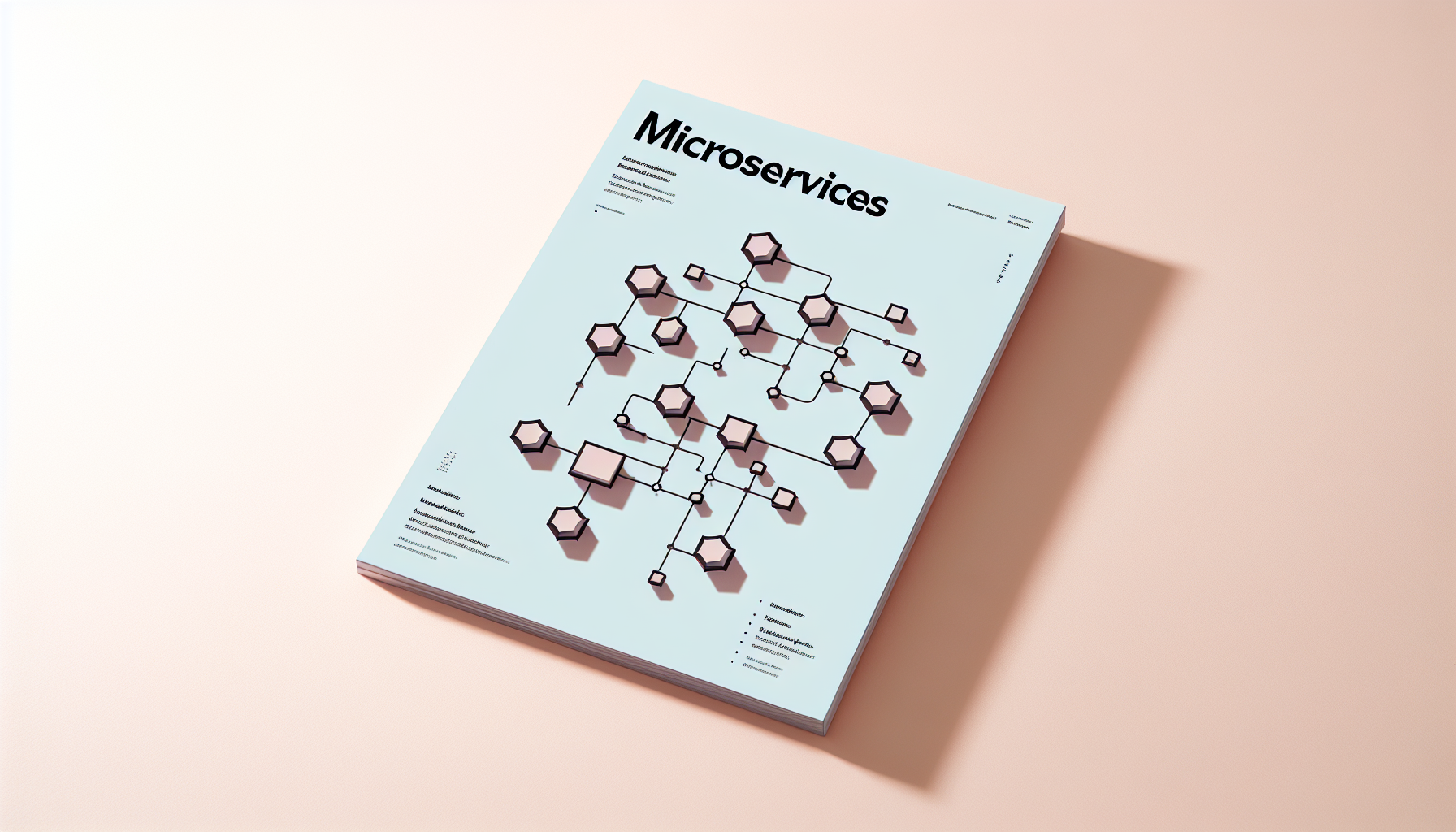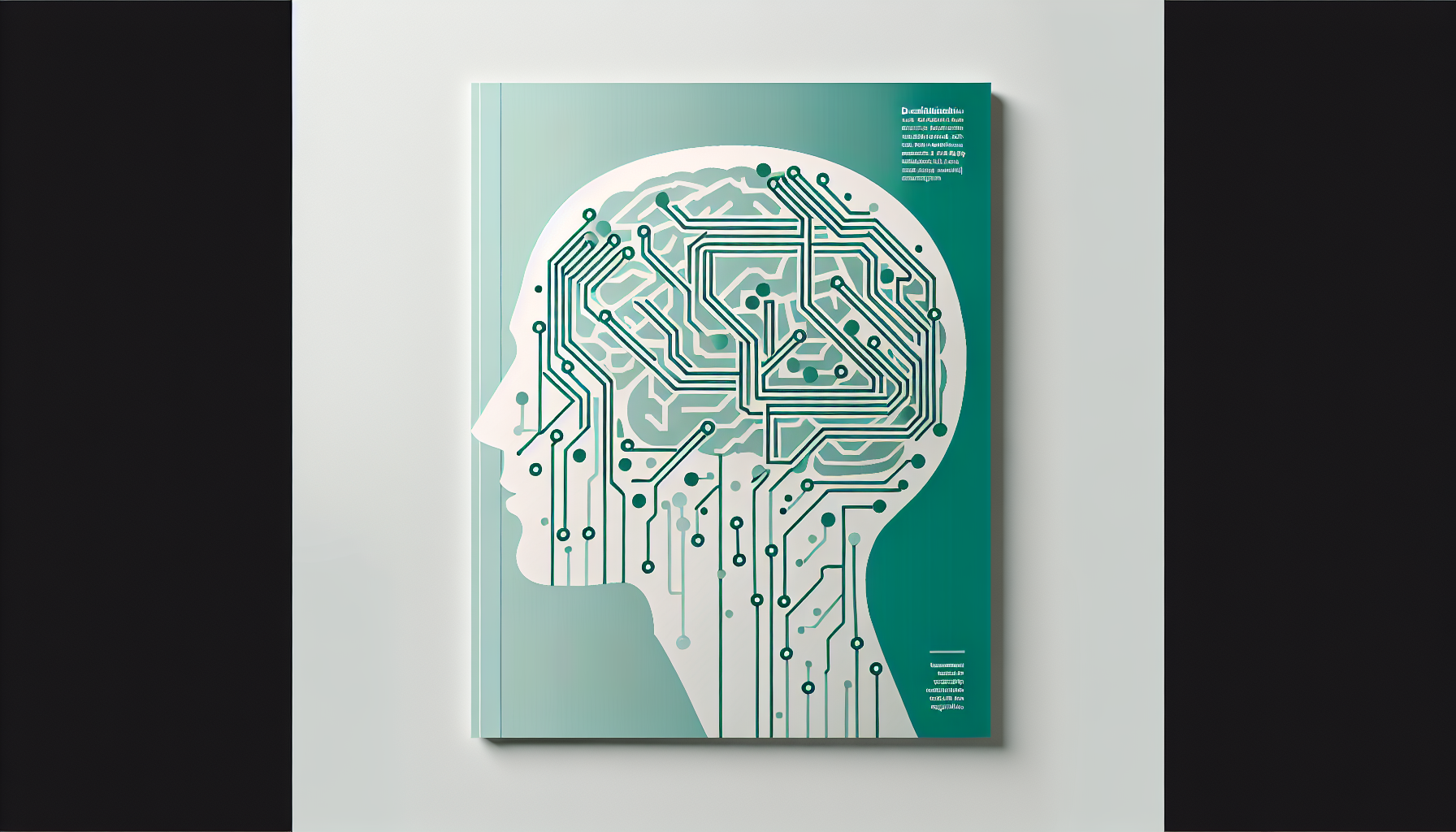Building Resilient Microservices Architectures: Strategies for Longevity and Adaptability
Create microservices architectures that endure technological shifts and scale sustainably.

The Evergreen Challenge of Microservices Resilience
As organisations adopt microservices to improve modularity and scalability, ensuring these systems remain resilient long-term becomes paramount. The challenge lies in building architectures that adapt seamlessly to evolving business needs and technological advances without incurring fragility or excessive maintenance overhead.
Solution 1: Implementing Event-Driven Microservices with CQRS
Event-driven microservices promote loose coupling and asynchronous communication, increasing fault tolerance and scalability. The Command Query Responsibility Segregation (CQRS) pattern separates read and write models, improving responsiveness and simplifying complex business logic updates.
Step-by-step Implementation:
- Model services around business capabilities and define clear bounded contexts.
- Design event schemas for domain events, ensuring immutability and versioning strategies.
- Establish an event bus or broker (e.g., Kafka, RabbitMQ) for message publishing and subscribing.
- Develop command handlers for state changes; separately implement query handlers for read operations.
- Enable event sourcing to replay events for state reconstruction and auditing purposes.
- Implement idempotency and retry mechanisms for at-least-once delivery guarantees.
<pre><code>// Example: Node.js with Kafka for publishing an order-created event
const kafka = require('kafka-node');
const client = new kafka.KafkaClient({kafkaHost: 'localhost:9092'});
const producer = new kafka.Producer(client);
const orderCreatedEvent = {
eventType: 'OrderCreated',
data: {
orderId: '1234',
userId: '5678',
items: [
{ productId: 'abc', quantity: 2 }
],
timestamp: new Date().toISOString()
}
};
producer.on('ready', () => {
producer.send([
{ topic: 'orders', messages: JSON.stringify(orderCreatedEvent) }
], (err, data) => {
if(err) console.error('Failed to publish event', err);
else console.log('Event published:', data);
});
});
</code></pre>
Solution 2: Leveraging Service Meshes and Circuit Breakers for Fault Isolation
Service meshes provide observability, traffic management, and security between microservices without changing application code. Circuit breakers prevent cascading failures by halting requests to unhealthy services, enhancing robustness.
Step-by-step Implementation:
- Adopt a service mesh platform like Istio or Linkerd for routing, telemetry, and security features.
- Configure circuit breakers with thresholds for latency and error rates per service endpoint.
- Implement retries with exponential backoff in client calls to reduce transient failures.
- Use health checks and load balancing integrated with the mesh for dynamic fault detection.
- Set up dashboards and alerts for proactive monitoring of service health and latency.
Engagement Blocks
Did You Know? Event sourcing, when paired with CQRS, can simplify auditing and state recovery by storing immutable event logs rather than snapshots.
Pro Tip: Design your event schema carefully with versioning from the start to ensure backward compatibility and avoid costly migrations.Warning: Avoid tightly coupling your microservices via synchronous APIs; asynchronous communication improves resilience and scalability.
Evening Actionables
- Map your domain and define clear bounded contexts to guide service decomposition.
- Set up a lightweight event bus for asynchronous messaging and start with a single business event implementation.
- Deploy a service mesh in a test environment and experiment with circuit breaker policies.
- Implement detailed logging and tracing to understand service interactions and failure points.
- Review Building Future-Proof SaaS Frameworks: Balancing Scalability, Security, and Sustainability for aligned architectural principles.





Comments ()